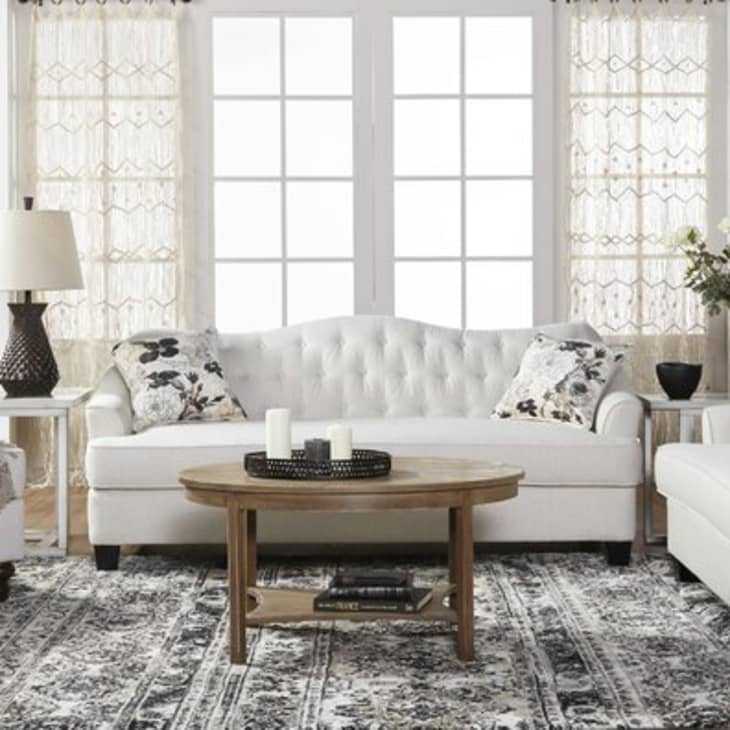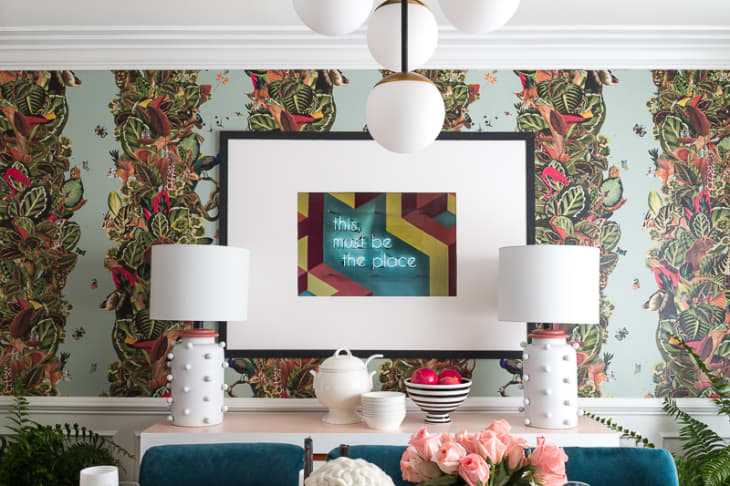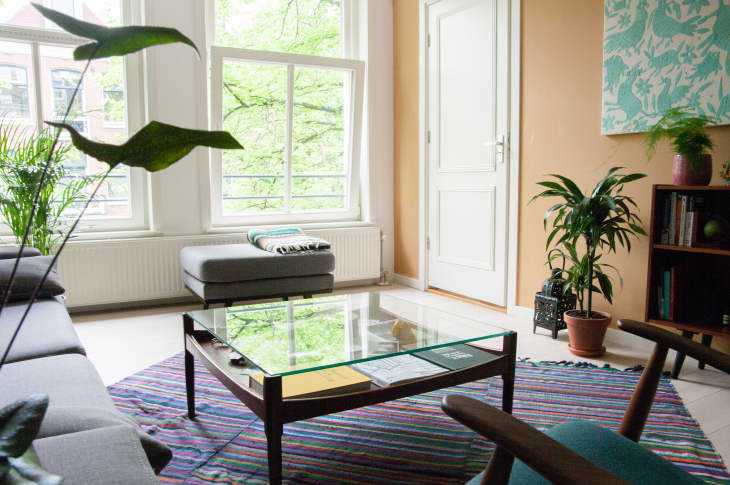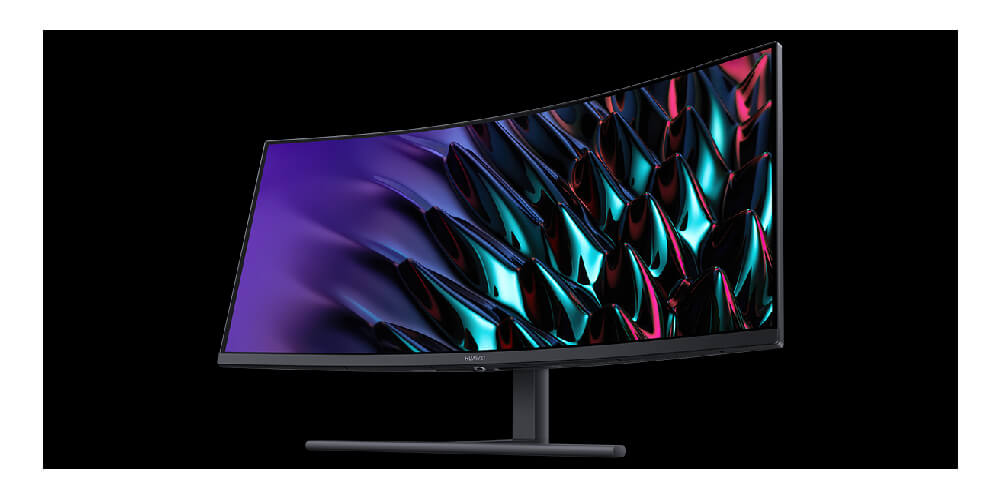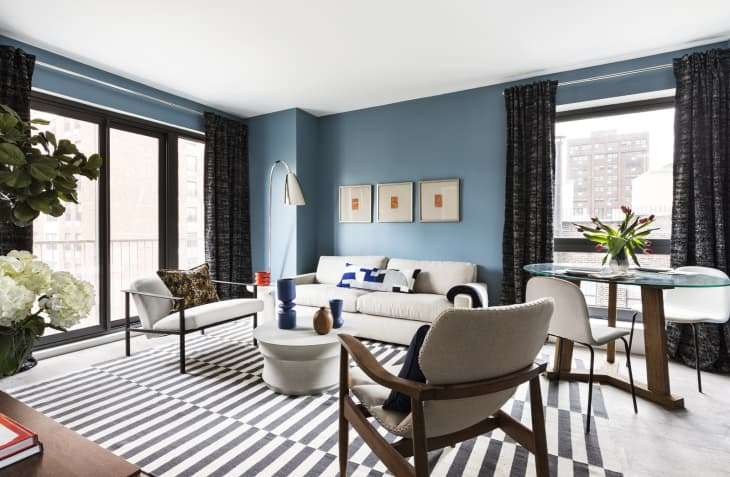
Welcome to Scandi Week—Apartment Therapy’s seven-day focus on all-things Scandinavia (often defined as the countries of Sweden, Denmark, and Norway). Sometimes it seems like the whole world is obsessed with trying to copy this corner of the globe, from its timeless style aesthetic to its now-famous coziness rituals. For the next week, we’ll take a look at all of it—cleaning, pop culture, and of course tons of eye-popping design inspiration. Pull up a blanket and get hygge with us.

Every few years it seems like a new design style takes over the public consciousness and reigns supreme for a short time. We’ve seen multiple design genres, from rustic farmhouse to mid-century modern to eclectic bohemian, rise to prominence, but none of them seem to have the same staying power as Scandinavian style. That’s not to say those other designs have fallen out of favor, there’s something about Scandi decor that people can’t get enough of. And we’re not just talking about IKEA’s continued popularity either.
So, to celebrate the influential style, we at Apartment Therapy are dedicating the next week to exploring everything Scandinavia has to offer. We’re bringing you everything from the quintessential furniture designs you need to know, to lifestyle terms that go beyond hygge, to a deep dive into what it’s like to own a home in a Scandinavian country, and plenty of inspiring House Tours.
But first, let’s take a look at the basics of Scandinavian design so we can all start Scandi Week on the same foot.
What Are the Scandinavian Countries?
Scandinavia is comprised of three Northern European countries: Denmark, Norway, and Sweden. While some people mistakenly include Finland and Iceland in this definition as well, they’re not actually Scandi. However, they are considered Nordic countries along with the three Scandinavian countries.
Norway and Sweden occupy the Scandinavian Peninsula, with Denmark located just to the south of Sweden, across the Kattegat strait.
What Are the Main Elements of Scandinavian Design?
Scandinavian design is marked by a focus on clean, simple lines, minimalism, and functionality without sacrificing beauty. It first came to prominence in the 1950s, around the same time as modern style took hold in America and Europe. Part of what makes it so aesthetically pleasing is its lack of clutter. You won’t find any superfluous items haunting Scandinavian-style rooms; instead, everything has a place and unnecessary tchotchkes are nowhere to be found.
And while it shares many elements with mid-century modern, according to the Washington Post , Scandinavian style favors bright, airy spaces, while MCM spaces tend to showcase darker colors and focus less on light.
Scandinavians also deeply value nature and spending time outdoors, something that is reflected in this style. Wood floors tend to remain uncovered and lighter wooden tones are frequently found in Scandinavian homes. And, of course, live plants are a popular choice when it comes to really bringing the outdoors in.
Speaking of nature, Scandinavian winters are no joke, so creating a cozy homestead is of the utmost importance. That’s why you’ll find warm, inviting textures (think: chunky knit blankets and faux fur accents) in so many Scandi designs.
What Are Scandinavian Colors?
Many Scandinavian colors rely heavily on neutrals, most notably, bright whites with pops of black and tan. That’s not to say the style is completely devoid of color though, just that the overall spaces tend to be monochromatic, with hues coming into play as accent pieces.
When it does come to color, shades like blush and gray-blue are among the most frequently used, according to Life in Norway . Perhaps that’s why we just can’t seem to quit Millennial Pink? Warm tan tones are also popular thanks to the style’s reliance on natural wood pieces, and other nature-inspired colors like sage green pop up in Scandi designs as well.
Why is Scandinavian Design so Popular?
Part of the appeal lies in how aspirational this specific design style feels. The uncluttered nature and brightness evokes a sense of calm that so many people are missing from their daily lives. After leaving a stressful day at work, the idea of returning to a home devoid of bulky furniture and clutter feels particularly appealing.
“The clean but warm design, which focuses on sharp contrasts, whites, naturals, and black, makes you feel happy, but not in a kitschy way,” explains designer Kerri Rosenthal .
Is Scandinavian Style Here to Stay?
When it comes to design there are trends, and then there are styles that become timeless staples of interior decorating. So is Scandinavian style the former or latter?
“I feel that it has been around for so long, and I hope that we are at a point in time where there are no trends,” Rosenthal said. “Trends morph. Scandinavian style will be wonderful forever to those who love it.”
So go forth and embrace minimalist design, bring some brightness into your home, and lean into the Scandi lifestyle.
